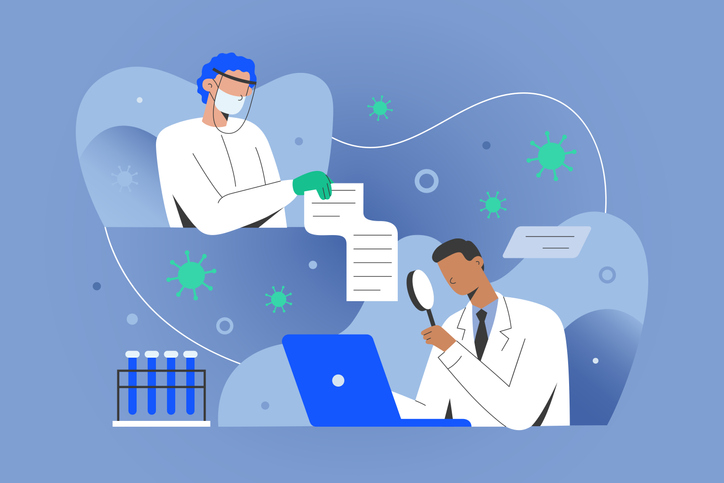
How UCSF’s accelerator is helping health tech reach more low-income patients – MedCity News
Global digital health investment hit a record high of $57.2 billion in 2021, according to CB Insights. However, the healthcare industry is a long way away from seeing a significant return on that investment in the form of sustained reduction in expenditures or improvement of outcomes.
A huge reason for that could be due to the fact low-income patient populations who face disproportionately worse health outcomes than their higher-income counterparts are also the most likely to encounter barriers in health technology use. That is what Courtney Lyles, co-founder of S.O.L.V.E. Health Tech, the University of California San Francisco’s health equity accelerator, believes — and she is determined to change that.
There are a bevy of reasons health technology can be inaccessible for low-income patients, according to Lyles. For example, a startup might only offer services in English or struggle with misconceptions about the market opportunity to serve Medicaid populations. In other cases, companies may not know how to reach low-income patients. To help the latter category of startups, Lyles co-founded S.O.L.V.E. Health Tech in 2019 with Dr. Urmimala Sarkar, a UCSF clinician.
“We’re near Silicon Valley, so a lot of digital health companies would come ad hoc to us to learn more about patient populations,” Lyles said. “In 2019, we systematized all of those arrangements and projects, deciding it would be much more efficient for us to work with companies in parallel and try to be more propulsive.”
Some accelerators take equity stakes in the startups they work with, but Lyles said that would be “really challenging” given that UCSF is a public entity. Instead, S.O.L.V.E. Health Tech pursues collaborative research projects with companies that span 12-18 months and focus on better tailoring health tech to the needs of low-income patients. The accelerator, funded through the university, is made up of research and clinical staff who span different expertise.
The three companies the accelerator have worked with so far are AppliedVR, InquisitHealth and Somnology MD. All three companies have published at least one research paper with S.O.L.V.E. Health Tech, and the accelerator expects to publish “one if not two more papers” for each of these companies in the next few months, according to Lyles.
Each company came to the accelerator with different needs. For example, AppliedVR — a virtual reality platform designed to reduce the amount of opioids patients need to manage their pain — approached S.O.L.V.E. Health Tech after it had established a strong base of commercially-insured patients. The company sought the accelerator’s help because it realized chronic pain was a huge problem among Medicaid populations and it had not pivoted to test its product for that population.
When the accelerator put the headsets on UCSF patients covered by Medicaid, more than 95% of them had never touched a VR platform in their life. Gaining their feedback on the technology helped AppliedVR tweak its platform, and the startup also talked to UCSF’s clinical leaders about what it would take for providers to think about VR as an acceptable treatment service within their arsenal for chronic pain management.
Research looked different for InquisitHealth. The startup’s peer mentoring-as-a-service solution seeks to address social determinants of health by matching patients with an illness coach based on shared conditions, age, language, medication types, demographics and comorbidities. When the company came to S.O.L.V.E. Health Tech, it had collected a wealth of clinical data on its patients but was unsure how it could utilize that data to continue developing its platform.
InquisitHealth collaborated with the accelerator’s researchers to better understand what was working and what could be improved to better reach Medicaid populations, allowing it to quickly make sense of its data and move on to the product redesign process.
In the coming years, Lyles expects the accelerator to pursue research with additional startups. She also thinks there’s room to bring more stakeholders into the program, such as payers and investors, so they can all work together to improve health technology’s ability to reach low-income patients.
S.O.L.V.E. Health Tech stands for “Surmounting Obstacles for patients with Low income and Vulnerabilities Every day through Health Tech.” People would likely agree that if the accelerator truly achieves its mission to help digital health companies better serve low-income patients, it may be forgiven its clunky name.
Ksenia Zvezdina, Getty Images